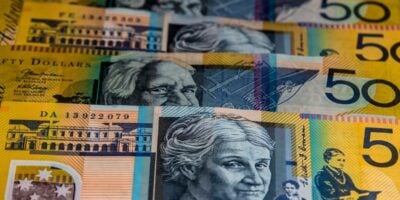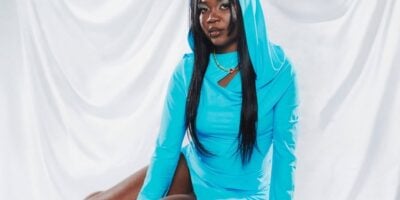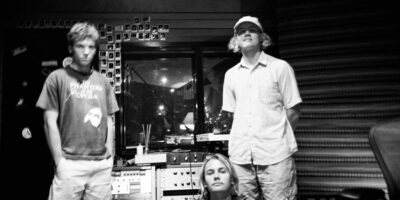Charlotte Allingham, a young illustrator and Wiradjuri woman living in inner Melbourne, spent January 26 this year lying low, rendering her latest artwork in her apartment. For her, the drawings were a way to protest the morbid celebration of the start of the end for her people: centuries of genocide, persecution and silencing.
Just a week beforehand, Charlotte’s Instagram, @coffinbirth, had hit its first K. Recently, she’d begun to bring in elements of her own cultural heritage: the gecko totem of her mob back in Condobolin, NSW; the dot paintings her father makes.
Then the internet got a hold of her artwork, Always Was. It was shared across the country and quickly became an icon of Invasion Day 2018, where rallies across the country drew more numbers than ever before.
Jess Cockerill: I first saw one of my friends repost Always Was on Australia Day, and then over the weekend, suddenly it was everywhere. How did it feel to go viral?
Charlotte Allingham: It was overwhelming, because I never did art to become famous, it was always just for me. I work in a nursing home and trying to explain to the old people what Instagram is, and that I’ve gone viral, they just don’t get it. So I just say, ‘Don’t worry, I’m just joking.’ But the best part about it is Koori girls messaging me, saying how empowering it was.
I never did art to become famous, it was always just for me.
How did you become a concept artist?
I should’ve paid more attention in high school but I drew instead. It’s paid off now. I went to school for interactive games, and I always drew erotic stuff. I really liked creeping my mum out so I just kept doing it. Then I started making these very romanticised images of women fighting monsters; a weird dimension where it’s half beautiful to look at, and half gross to look at it. There’s a lot of occult influences. But I like the idea of a modern setting, fighting these old monsters people believed were real. It’s a crossover between tradition and modern, trendy stuff. The mix between them is a good contrast.
What held you back from making work incorporating your own culture?
To be told you’re not Aboriginal is the most terrifying thing to me, because I’m so light-skinned. I’ve always felt too white to be part of my own culture, which is crazy because I don’t know how to fix that. That’s why I started doing this kind of art, to be honest. I didn’t know if people would chase me out of town for doing it or not. But it’s been the opposite. It’s like personal healing, in a way. Everything I know about my culture is from my dad because he’s Aboriginal, so that’s all I really know – and what I’ve been trying to find on the internet. I didn’t get the opportunity to grow up in a community with my mob or anything. I grew up here in Melbourne, so from an early age I didn’t really get exposed to it. And when I did try to become a part of that community and do more with my culture, I got walled. I don’t really know why… I feel like there’s beef, but I wasn’t born then so I don’t know. They said to get a DNA test, and I said I can’t, it would affect me too much to try to go down that alley. So I just stopped, until recently.
The kind of art you’re making seems to communicate to a group of people high-brow gallery art doesn’t always reach. Do you think that’s part of the appeal?
Yeah, it appeals to the little man. It’s fun, figurative. I always drew women, Japanese-style stuff, and then one day I was like, ‘Oh, I’m denying my own culture here.’ So then I started looking into it. For instance, those red demon dudes. They’re actually yara-ma-yha-who, which suck blood out of their fingertips and then swallow you whole. Unsuspecting travellers come across them under trees, and get eaten. Then they vomit you back up, and you get smaller each time, and you get redder, so you turn into one of them. It’s so creepy. But if you play dead, they don’t get ya.
What is Australia Day like for you?
There’s people saying we’re choosing to be offended, and I was enraged. It’s not a choice.
When I first started reading about the massacres… there’s something about it which makes Australia Day so dark. You’ve got all these people saying it’s fine. There’s people saying we’re choosing to be offended, and I was enraged. It’s not a choice. You didn’t give us a choice. If my grandmother was born just a couple years earlier, she would’ve been part of the stolen generation, and that makes me feel sick.
It must feel very reassuring to see such a positive reaction. Do you feel any pressure to keep producing a particular kind of work, or more of it?
I’m going to keep doing what I’m doing with my art and not mass-produce just because I know people like it, because I think that would probably change how I do art in the first place. I’ve had so many messages asking me for prints, but I feel like I don’t really want to just sell them, because it’s not something I want to profit from. So I’m going to sell them and give half to charity. I want to donate to SEED, ‘cos they do Indigenous and environment stuff. It seems like a really good cause.


































